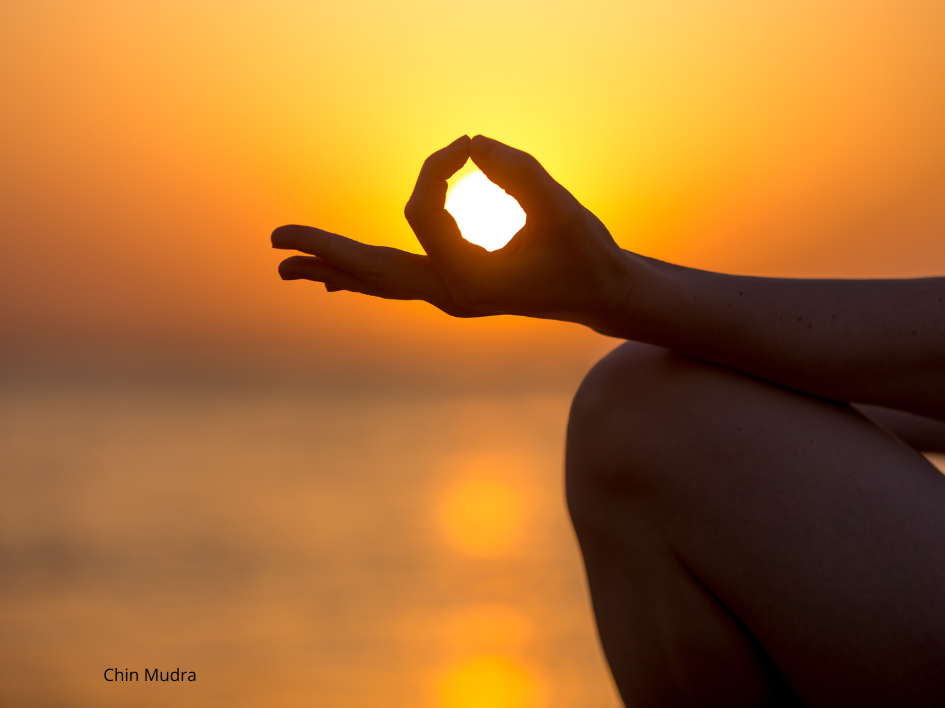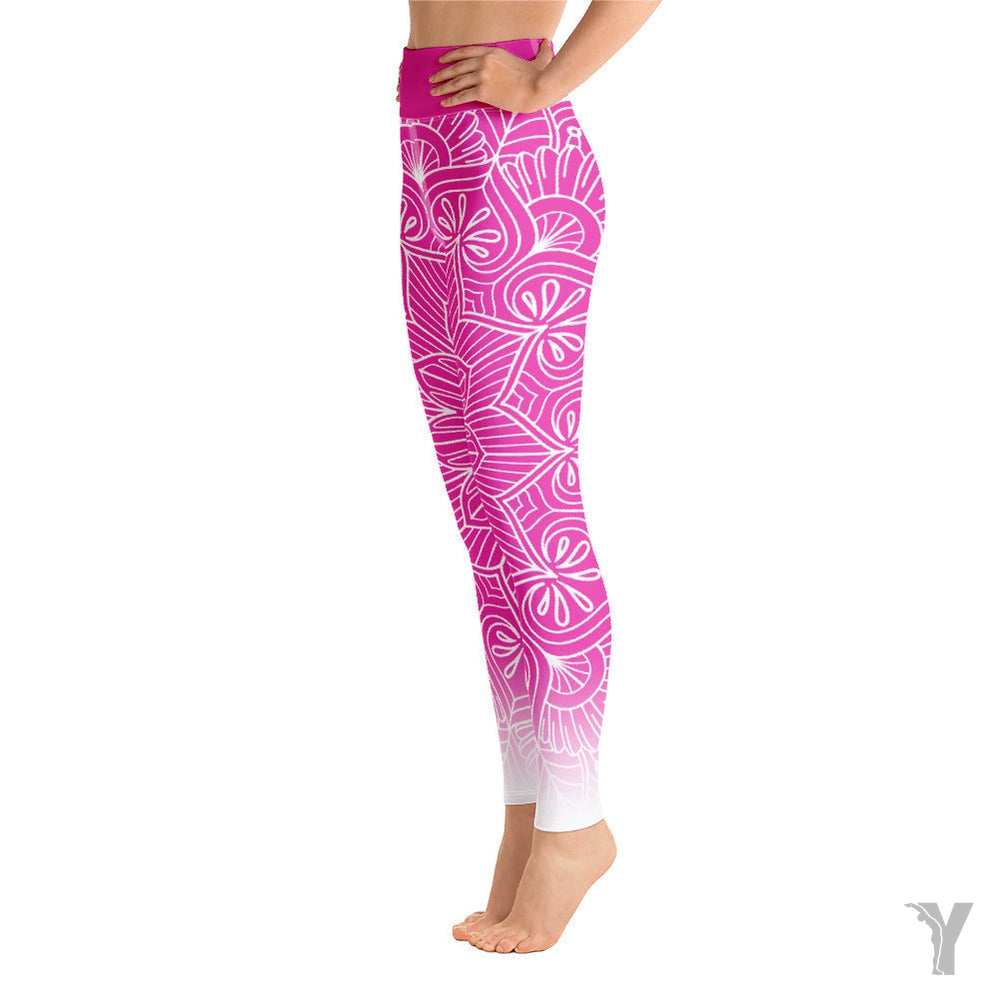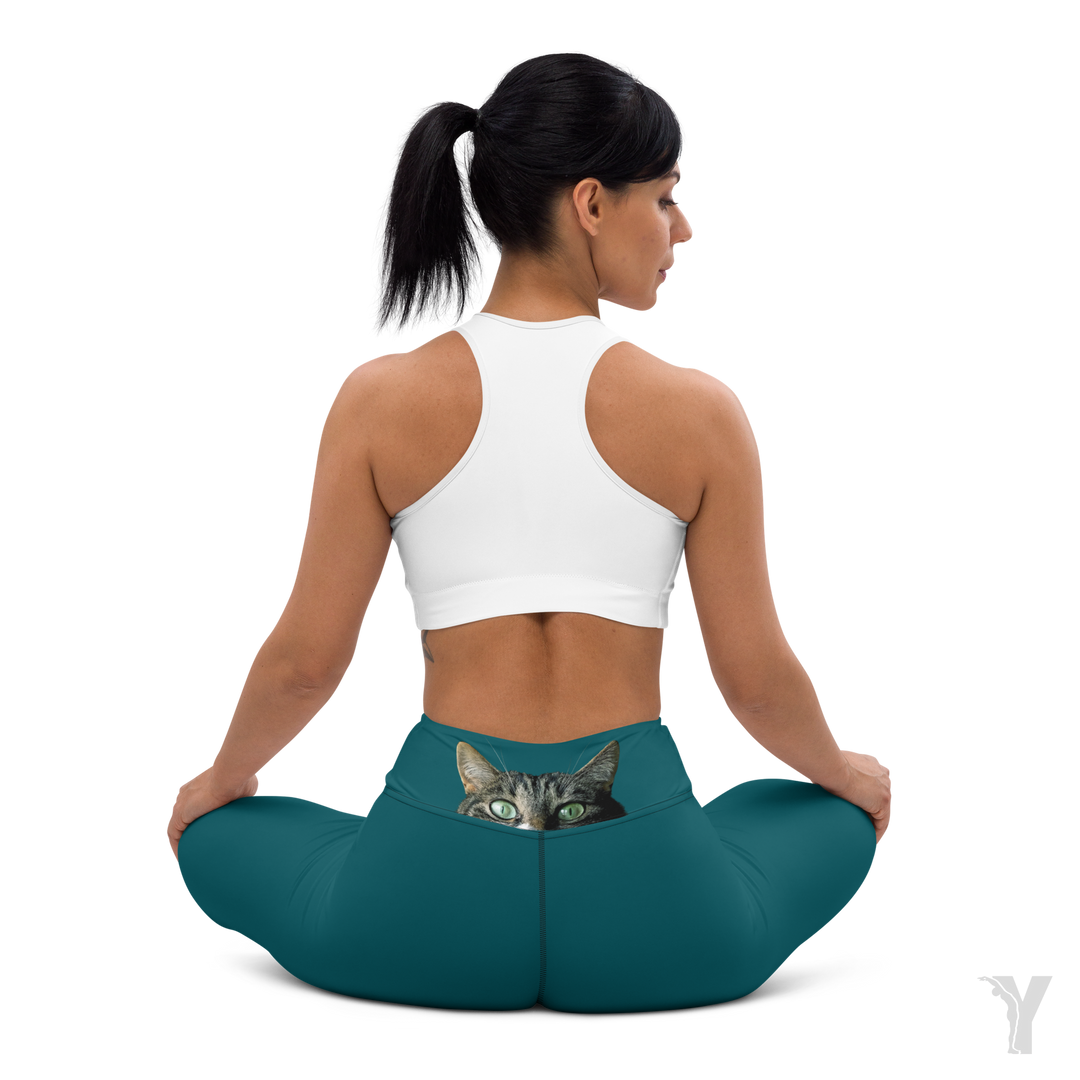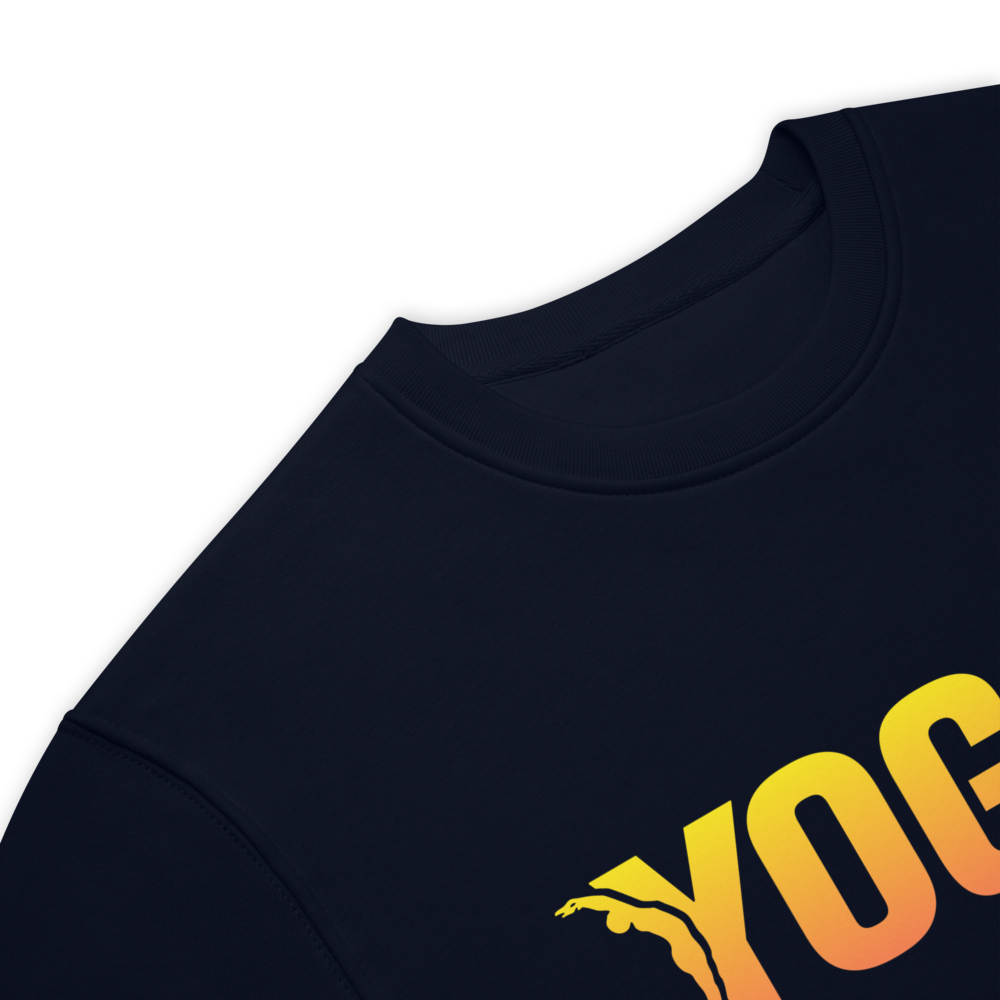Chin Mudra: Meaning, Benefits and Practice

In the vast world of yoga, mudras hold a special place. These simple yet powerful hand gestures serve as a symbolic language for the body and mind, channeling energy and facilitating mental focus. Of these many mudras, the Chin Mudra is one of the most iconic and frequently practiced, not only by seasoned yogis but also by those beginning their spiritual journey.
Chin Mudra, also known as Jnana Mudra , is a hand gesture that means "seal of consciousness" or "seal of knowledge." It is widely used in meditation and pranayama (breathing exercises) to strengthen concentration and inner connection. This ancient practice is deeply rooted in yogic tradition and offers a multitude of physical, mental, and spiritual benefits.
In this article, we'll explore Chin Mudra in detail, examining its origins, meanings, benefits, and how it can be incorporated into a daily yoga practice. Prepare to dive into the fascinating world of this seemingly simple gesture, which can profoundly transform your experience of yoga and meditation.
What is Chin Mudra? Origin and Meaning
The Chin Mudra is one of several symbolic hand gestures, known as mudras , used in the yogic tradition to influence the energy of the body and mind. The word "Chin" comes from the Sanskrit "Chit" meaning "consciousness" or "knowledge," and "Mudra" meaning "seal" or "gesture." Thus, the Chin Mudra is often interpreted as the "seal of knowledge" or "seal of consciousness."
Historically, mudras have been used in various spiritual and religious traditions for their ability to channel and transform energy. In the context of yoga and meditation, the Chin Mudra is particularly important because it is believed to help awaken spiritual knowledge and connect the practitioner with a higher consciousness.
The precise origin of Chin Mudra is difficult to determine, as these practices were passed down orally from generation to generation. However, Chin Mudra is often mentioned in ancient yoga texts, such as the Hatha Yoga Pradipika and the Yoga Sutras of Patanjali, where it is described as a tool for achieving a state of deep meditation.
Symbolism and connotations
Chin Mudra is rich in symbolism, making it a powerful tool in spiritual practice. It is formed by joining the tips of the thumb and index finger while keeping the other fingers extended. This simple gesture holds profound meaning.
- The Thumb: It represents universal consciousness, or the divine. In some traditions, it is associated with higher consciousness or the soul.
- The Index Finger: It symbolizes the individual ego or limited self. The index finger, often interpreted as the sense of personal identity, is connected to the self and the ego.
- Thumb and Index Finger Unification: The joining of the thumb and index finger represents the union of the individual self with the divine, the integration of the ego into a greater consciousness. It is a metaphor for spiritual awakening and unity with the universe.
- The Three Extended Fingers: The other fingers represent the three gunas or qualities of nature: sattva (purity and harmony), rajas (activity and passion), and tamas (inertia and ignorance). Keeping these fingers extended symbolizes the transcendence of these qualities, leading to a state of balance and inner peace.
Chin Mudra is thus a visual and tangible expression of profound concepts that are at the heart of yogic philosophy. It invites an introspective journey, encouraging one to explore the nature of consciousness and embrace a reality beyond the ego.
The benefits of Chin Mudra
The practice of Chin Mudra offers a multitude of benefits, ranging from improved physical health to expanding spiritual awareness. Let's explore these benefits in detail.
Physical benefits
-
Improved Energy Flow: Chin Mudra is known to facilitate the flow of prana (life force) energy throughout the body. By directing energy through subtle channels, it can help balance the chakras and harmonize internal systems.
-
Stress and Tension Reduction: Practicing Chin Mudra can induce a state of physical relaxation by reducing muscle tension and stress. It stimulates the parasympathetic system, encouraging a relaxation response in the body.
-
Strengthening the nervous system: By stimulating the nerve endings in the fingers, Chin Mudra can strengthen and stabilize the nervous system. This can improve motor coordination and the body's response to external stimuli.
-
Improved Breathing: When practiced with breathing techniques like pranayama, Chin Mudra can improve lung capacity and breathing efficiency. This helps bring more oxygen to cells and eliminate toxins.
Mental Benefits
-
Increased Concentration and Memory: Chin Mudra is often used in meditation to sharpen concentration and strengthen memory. By centering the mind, it helps eliminate distractions and focus attention.
-
Improved mental clarity: Regular practice of Chin Mudra can clarify the mind, helping to dispel jumbled thoughts and mental confusion. This promotes better decision-making and a clearer perception of reality.
-
Reduces Anxiety and Depression: By stabilizing the nervous system and balancing emotions, Chin Mudra can help reduce symptoms of anxiety and depression. It promotes a sense of inner peace and well-being.
-
Improved Emotional Management: By facilitating greater self-control, Chin Mudra helps to better manage emotions. It encourages a calmer and more thoughtful response to stressful situations.
Spiritual Benefits
-
Awakening Spiritual Awareness: Chin Mudra is considered a tool for awakening spiritual awareness. By unifying the individual self with the divine, it facilitates a deeper understanding of the spiritual nature of existence.
-
Connection to Self and the Universe: By transcending the limitations of the ego, Chin Mudra helps establish a deeper connection with the inner self and the universe. This promotes a sense of unity and harmony with all that is.
-
Promotes Inner Balance: Mudra helps balance internal energies, creating harmony between body, mind, and spirit. This leads to a state of holistic well-being.
-
Awakening Intuition: By stimulating the third eye and balancing the chakras, Chin Mudra can help develop intuition. This allows for heightened perception and a better understanding of subtle intuitions.
How to Practice Chin Mudra?
Step by Step Instructions
Chin Mudra is relatively simple to practice, but it's important to do it correctly to reap the full benefits. Here's a step-by-step guide to practicing Chin Mudra:
Preparation: Find a quiet space where you can focus without distractions. Sit comfortably in a seated position such as Sukhasana (easy pose) or Padmasana (lotus pose). If you prefer, you can also sit on a chair with your feet flat on the floor.
Hand position:
- Place your hands on your knees with your palms facing up.
- Join the tips of your thumb and index finger on each hand to form a circle.
- The other fingers remain extended and relaxed.
Body Alignment:
- Keep your spine straight and relaxed.
- Release your shoulders down.
- Keep your chin tilted slightly toward your chest to align your head with your spine.
Focus of the mind:
- Gently close your eyes and begin to focus on your breathing.
- Observe the natural flow of air in and out of your nostrils.
- Let the thoughts dissipate, bringing your attention back to the breath.
Meditation :
- Stay in this position for 15 to 30 minutes, depending on your comfort level.
- If thoughts arise, acknowledge them and then gently bring your attention back to the breath and the mudra.
Duration and frequency
Chin Mudra can be practiced at any time of day, but it is especially beneficial when incorporated into a morning meditation routine or before bed. To maximize its benefits, it is recommended to practice the mudra daily.
- Recommended duration: 15 to 30 minutes per session.
- Frequency: Daily or at least 3 to 4 times a week.
Regular practice of Chin Mudra gradually strengthens neural connections and improves the effectiveness of meditation. However, it is important to start slowly and gradually increase the duration to avoid tension.
Tips for beginners
-
Comfort first: Make sure you're sitting comfortably. Use a cushion or blanket to support your pelvis if necessary. Comfort is essential to allow for maximum concentration.
-
Patience and practice: Like any skill, mastering Chin Mudra takes time and regular practice. Don't be discouraged if you find it difficult to maintain concentration at first.
-
Observing sensations: Pay attention to the sensations in your fingers and hands during practice. This observation can strengthen the connection between mind and body.
-
Avoid tension: Keep your fingers relaxed and avoid clenching them too tightly. The practice of Chin Mudra should be fluid and effortless.
-
Gradual Incorporation: Incorporate Chin Mudra into your existing yoga or meditation routine. It can be used alongside other practices to enhance their effects.
Chin Mudra in the practice of yoga and meditation
Chin Mudra is not just an isolated gesture; it integrates harmoniously into the practice of yoga and meditation, enriching the overall experience and enhancing the benefits of other techniques.
Integration into Asanas
Chin Mudra can be incorporated into various yoga postures to strengthen focus and deepen the mind-body connection.
Here are some asanas where Chin Mudra can be particularly beneficial
Padmasana (Lotus): In this classic seated posture, the Chin Mudra helps stabilize the mind and promote deep meditation.
Sukhasana (Easy Pose): Ideal for beginners, the Chin Mudra in Sukhasana helps focus on breathing and relax the body.
Vrikshasana (Tree Pose): By incorporating Chin Mudra into this balancing pose, one can improve concentration and mental balance.
Balasana (Child's Pose): Using Chin Mudra during this relaxation pose can increase feelings of inner peace and tranquility.
Shavasana (Corpse Pose): Chin Mudra can be practiced during Shavasana to encourage deep relaxation and spiritual connection.
Use in Meditation
Chin Mudra is a powerful tool for meditation, as it helps stabilize the mind and increase inner awareness. Here are some meditation techniques where Chin Mudra can be incorporated:
Breathing Meditation: Use Chin Mudra during breathing meditation to improve concentration on the breath and calm the mind.
Mindfulness Meditation: Chin Mudra can help anchor attention in the present moment, facilitating a deeper mindfulness practice.
Mantra Meditation: By reciting a mantra with Chin Mudra, one can amplify positive vibrations and strengthen spiritual connection.
Visualization Meditation: Uses Chin Mudra to strengthen mental imagery and promote more vivid and clear visualization.
Third Eye Meditation: Chin Mudra can be used to activate the third eye and explore deeper levels of consciousness.
Expert Opinion on the Impact of Chin Mudra
Yoga and meditation experts recognize the importance of Chin Mudra as a powerful tool for improving mental and spiritual health.
Dr. Ravi Kumar, Meditation Specialist:
"Chin Mudra is one of the most effective gestures for calming the mind and strengthening concentration. By stimulating the nerve endings in the fingers, it activates the brain centers responsible for relaxation and attention."
Anjali Desai, Author and Yoga Teacher:
"Incorporating Chin Mudra into daily meditation practice can have a profound impact on spiritual growth. It helps align the mind, body, and spirit, promoting spiritual awakening."



















